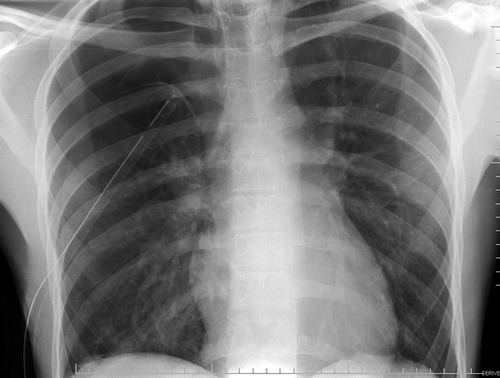I’d like to share some exciting news about a trauma conference unlike any other! This is a total remodel of a conference we’ve put on annually in the Twin Cities for over a decade (Emergency Medicine and Trauma Update). We’re bringing it, kicking and screaming, into the digital age.
No more stodgy presenters reading from bullet-heavy PowerPoint slides! Away with the sore backside from sitting through an hour-long talk where the presenter goes over their time limit another 15 minutes!
The conference is now fast paced and to the point, with topics of interest to all trauma professionals (doctors, nurses, EMS, and anyone else who loves trauma). It consists of concise, 20 minute presentations interspersed with 5 minute videos of things you need to know. There are curbside consults, where we ask specialists the things you always wanted to. We’ll be taking questions for presenters from the audience and from Twitter using #TETNG13.
Here is a sample of some of the presentations:
- Scott Weingart (EMCrit) joins us live from his studio in NYC, talking about finger thoracostomy
- Michael McGonigal discusses why so much of what we think we know is wrong!
- Felix Ankel talks about the future of trauma education
- Field amputation, dislocated hip reduction, IO lines and more!
For those of you in the upper Midwest of the US, please join us live in St. Paul for this 4 hour program. It is located at the Minnesota History Center in a beautiful 300 seat auditorium. There is a fee to attend the live program to cover CME/CEU, food and parking.
For those who cannot attend the live event, it will be streamed live on the internet beginning at 8am CST. Obviously, this is free but no CME/CEU’s will be offered. Park in your garage and get food from your own kitchen.
And for anyone who just can’t tear themselves away from work on the morning of September 5, all content will be available for free on YouTube shortly after the conference.
For more information, and to register for the live event, go to TETNG.org
Tomorrow, I’ll post instructions for testing your live streaming reception and a video of sample content. I’ll also provide instructions on how to receive the live stream closer to the meeting date.
Please feel free to email or comment with questions and suggestions!


